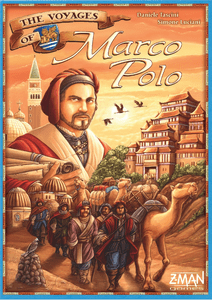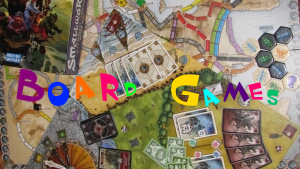[LT] Gegužės 23 dieną startuoja kasmetinė akcija-renginys “Burbuliatorius“. Jau aštuntas sezonas 🙂 Kaip greitai prabėgo tie metai. Atsimenu šiek tiek keistoką jausmą dalyvaujant pirmam renginy, kai vidury miesto putėm burbulus. Po to tai pasidarė taip įprasta ir jauku. Ateidavai po darbo kaip į namus. Matei pažįstamus veidus, ar tiesiog atsipalaidavusius, linksmus miestiečius, tai buvo proga susitikti su draugais, su kuriais paprastai retai pasimatydavai. Dar nepraleidau nei vieno sezono, nors teko dėl įvairių priežasčių praleist 3-4 renginius. Deja, bet šiemet Vilniuje prasidės Lukiškių aikštės rekonstrukcija ir renginiui šiam mieste teks persikraustyt į kitą, mano manymu ne tokią patrauklią ir tinkamą, vietą. Nežinia ar po rekonstrukcijos žmonės galės vėl grįžti į aikštę ir tiesiog pasėdėt ant vejos ar tai nebus akylai saugomas “porcelianinis” reprezentacinis paminklas vietoj tokių trūkstamų rekreacinių žalių zonų mieste.
[EN] May 23d is the start of the annual event “Burbulator“. Already a 8th season 🙂 Time is running so fast. I still remember the weird feeling of blowing bubbles in the middle of the city during the first event. Then it became so usual and soothing. You were coming there after a work day and it felt like home. Seeing familiar faces or just relaxing cheerful townsfolk. It was a chance to meet friends, whom you were rarely seeing otherwise. I haven’t missed one season yet, except for a 3-4 single events for a various reasons. Alas, this year reconstruction of Lukiškių square will begin in Vilnius and this event will have to migrate to another, in my opinion not so suitable or charming, place. It’s not known whether people will be allowed to come back to the square and simply sit on the grass after the reconstruction, whether it won’t be some delicate representative and vigilantly guarded monument instead of such needed green recreation zones in the city.

 [LT] Lygiai prieš metus paėmiau į savo rankas šio projekto valdymą (trumpųjų žinučių programa). Šiandien išleista
[LT] Lygiai prieš metus paėmiau į savo rankas šio projekto valdymą (trumpųjų žinučių programa). Šiandien išleista  [LT] Vienam iš paskutinių įrašų pamiršau paminėti kas mane įkvėpė nupiešti kažką susijusio su stalo žaidimais. O gi tai, kad jau apie metus laiko skaitau internetinį komiksą apie stalo žaidimus –
[LT] Vienam iš paskutinių įrašų pamiršau paminėti kas mane įkvėpė nupiešti kažką susijusio su stalo žaidimais. O gi tai, kad jau apie metus laiko skaitau internetinį komiksą apie stalo žaidimus – 
 Kahuna
Kahuna The Voyages of Marco Polo
The Voyages of Marco Polo